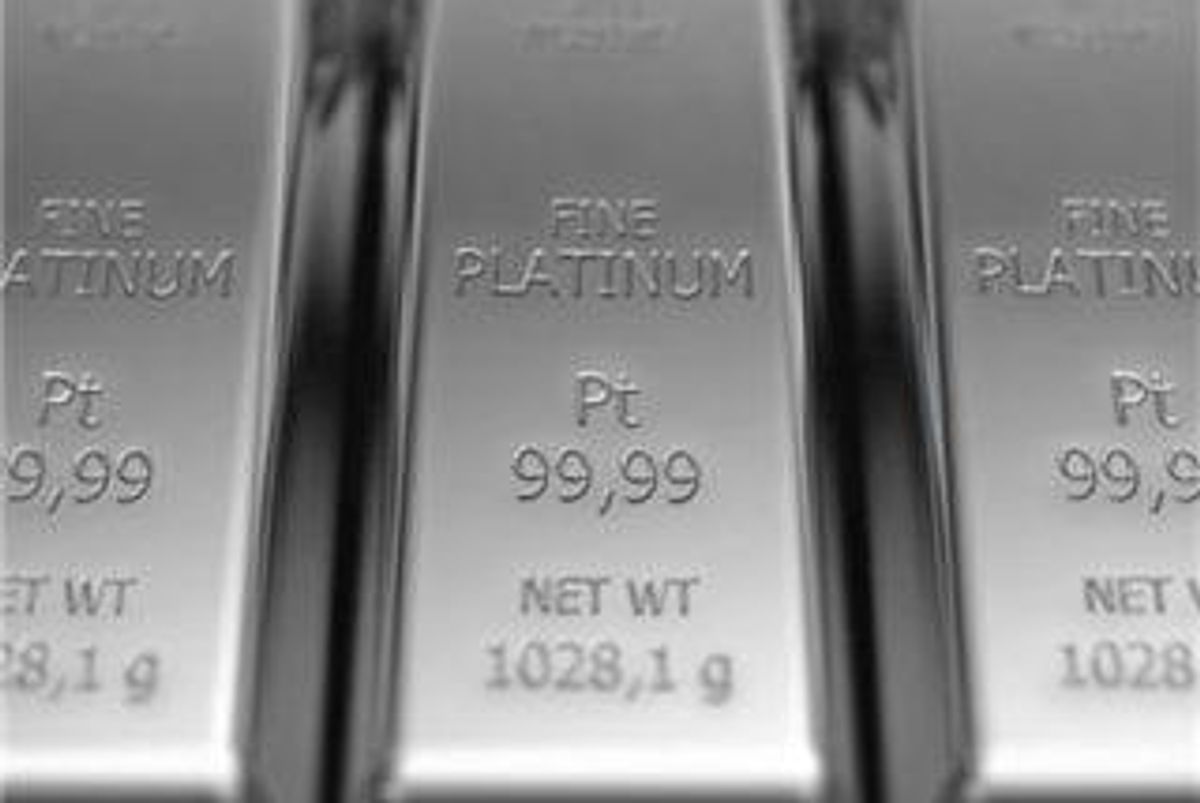- AustraliaNorth AmericaWorld
Investing News NetworkYour trusted source for investing success
- Lithium Outlook
- Oil and Gas Outlook
- Gold Outlook Report
- Uranium Outlook
- Rare Earths Outlook
- All Outlook Reports
- Top Generative AI Stocks
- Top EV Stocks
- Biggest AI Companies
- Biggest Blockchain Stocks
- Biggest Cryptocurrency-mining Stocks
- Biggest Cybersecurity Companies
- Biggest Robotics Companies
- Biggest Social Media Companies
- Biggest Technology ETFs
- Artificial Intellgience ETFs
- Robotics ETFs
- Canadian Cryptocurrency ETFs
- Artificial Intelligence Outlook
- EV Outlook
- Cleantech Outlook
- Crypto Outlook
- Tech Outlook
- All Market Outlook Reports
- Cannabis Weekly Round-Up
- Top Alzheimer's Treatment Stocks
- Top Biotech Stocks
- Top Plant-based Food Stocks
- Biggest Cannabis Stocks
- Biggest Pharma Stocks
- Longevity Stocks to Watch
- Psychedelics Stocks to Watch
- Top Cobalt Stocks
- Small Biotech ETFs to Watch
- Top Life Science ETFs
- Biggest Pharmaceutical ETFs
- Life Science Outlook
- Biotech Outlook
- Cannabis Outlook
- Pharma Outlook
- Psychedelics Outlook
- All Market Outlook Reports

Platinum will have a bigger deficit in 2016 than expected due to less demand and mining.
Platinum may be moving towards a larger deficit than expected despite a significant rebound in the first half of 2016.
The World Platinum Investment Council’s (WPIC) latest Platinum Quarterly and SFA (Oxford)’s report revised their supply and demand numbers, saying that in 2016, the deficit would be 520 kilo ounces instead of 455 kilo ounces, as previously predicted in the first quarter of 2016.
The WPIC’S report is the first independent, quarterly analysis of the global platinum market, analyzing platinum’s supply and demand this quarter and its forecast for 2016. The report correlates with the Thompson Reuters Platinum Group Metals Survey 2016, which predicted a deficit for 2016.
In light of the revised forecast for 2016, the key Above Ground Stocks measure is predicted to reduce to 1,875 kilo ounces – down 55 percent from 4,140 kilo ounces at the end of 2012.
Demand for platinum is stagnating
Platinum demand comes from four sectors – the automotive industry, the industrial sector, jewellery, and investment. Although platinum is a rare commodity, predictions state that demand for the metal will only increase marginally in 2016, leaving investors wondering if platinum will have as much success in 2016 as in previous years.
According to the WPIC report, the automotive industry, which is the backbone of platinum’s demand, remained virtually unchanged this quarter.
Industrial demand grew by 3 percent in the quarter, and is expected to dip by 2 percent year-on-year in 2016 because of lower requirements from the petroleum, electrical and glass sectors.
Jewellery demand in the second quarter increased by 3 percent, largely due to growth in Chinese and European fabricator demand. Retail sales of jewellery in India remain strong, with demand increasing 25 percent year-on-year in the second quarter.
Investment demand remained strong despite the fall quarter-on-quarter. As the record platinum bar and coin buying witnessed in recent quarters eased, the decline in ETF holdings tapered further. Total investment demand is forecast at 350 kilo ounces, up 45 kilo ounces, as bar and coin demand remains strong and after ETF net sales tapered in the first half of the year.
Mine stoppages expected to contribute to platinum deficit
Although demand will marginally increase, total mining supply is predicted as falling 3 percent in 2016. Annual supply from South Africa has fallen from a peak of nearly 6 million ounces a decade ago to an expected 4.2 million ounces this year.
Mines are still having difficulty with output because operations are still frequently affected by stoppages over safety. Recently, Anglo American Platinum ( LON:AAL) stopped their furnace at their Waterval smelter after a leak of molten furnace matte was detected from the hearth.
Production has also taken a huge hit due to ongoing strikes. Last week, South Africa’s top labour union said they were unable to reach a deal after more than a month of talks. The Association of Mineworkers and Construction Union (AMCU) declared a dispute on wage negotiations with the top three global producers – Anglo American Platinum, Impala Platinum (OTCMKTS:IMPUF) and Lonmin (LON:LMI) – which together account for 60 percent of global platinum output.
It looks as though safety and strikes will continue to cause a spike in platinum prices and a valley for production in 2016. South African mine production figures for July 2016 showed platinum output fell by 10.8 percent compared to June, and 8.2 percent year-on-year as miners close down mines or stop production.
Specifically, Zimbabwe’s platinum production is estimated to fall 22 percent to 105,000 ounces for the second quarter of 2016, compared to the previous quarter, signalling a return to normal output levels, the World Platinum Investment Council (WPIC) has said. In the first quarter, output was 135,000 ounces.
Don’t forget to follow us @INN_Resource for real-time news updates!
Securities Disclosure: I, Sarah Jamieson, hold no direct investment interest in any company mentioned in this article.
Outlook Reports
Featured Precious Metals Stocks
Browse Companies
MARKETS
COMMODITIES
| Commodities | |||
|---|---|---|---|
| Gold | 2376.41 | -3.52 | |
| Silver | 28.17 | -0.06 | |
| Copper | 4.46 | -0.01 | |
| Oil | 82.48 | -0.25 | |
| Heating Oil | 2.53 | -0.01 | |
| Natural Gas | 1.75 | -0.01 | |
Investing News Network websites or approved third-party tools use cookies. Please refer to the cookie policy for collected data, privacy and GDPR compliance. By continuing to browse the site, you agree to our use of cookies.